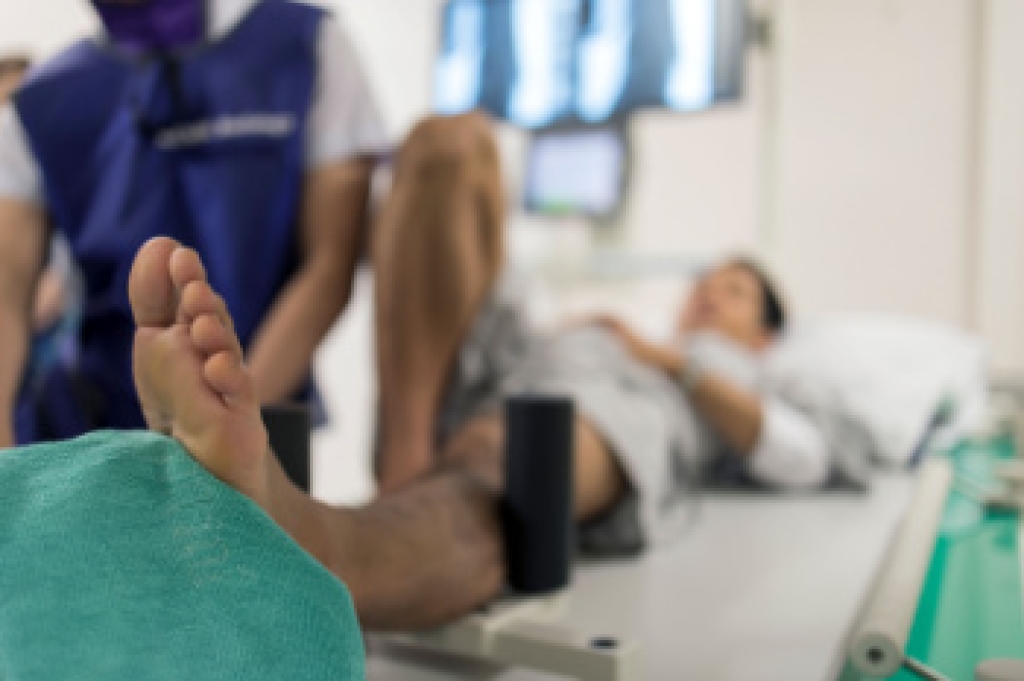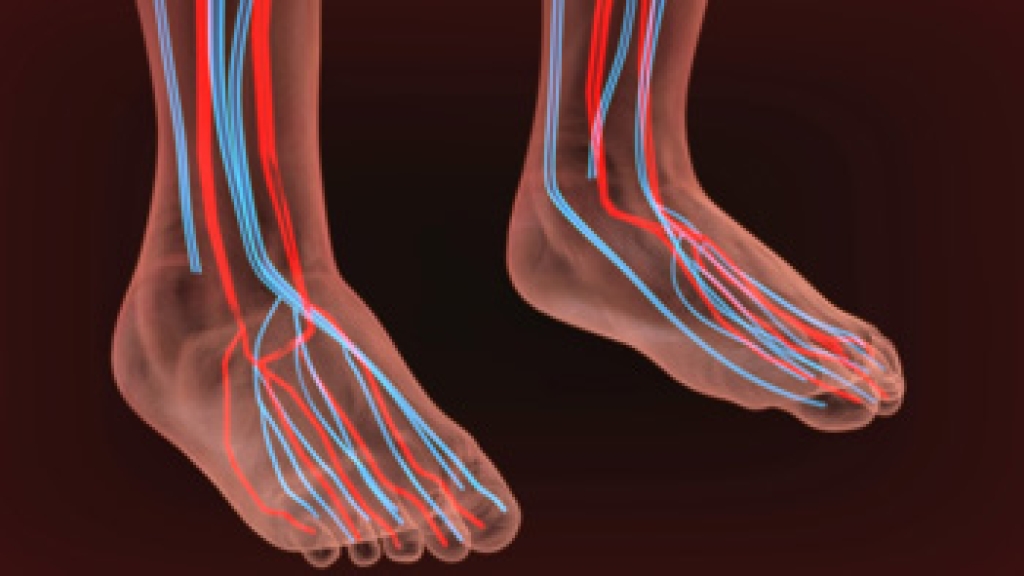
Comfortable shoes are essential for doctors who spend long hours standing, walking, and caring for patients. The right footwear helps reduce fatigue and protects the feet from stress caused by constant movement. Quality materials and strong construction provide durability, while proper arch support and cushioning help maintain alignment and absorb impact throughout the day. Slip resistant soles add safety in fast paced clinical environments, and stable designs help prevent strain in the ankles, knees, and lower back. A podiatrist can assess your foot structure and recommend the best shoe features to keep you comfortable and protected during demanding shifts. If foot pain or fatigue is affecting your work, it is suggested that you promptly consult a podiatrist who can treat various foot conditions, and guide you on the correct shoes to wear.
While working on the feet, it is important to take the proper care of them. For more information about working on your feet, contact one of our podiatrists from Ankle N Foot. our doctors will treat your foot and ankle needs.
Working on Your Feet
Standing on your feet for long periods of time can cause stress and pain in your feet. Your whole body may experience change in terms of posture, back pain, bunions, callouses and or plantar warts. There are ways to avoid these conditions with proper foot care, smart choices and correct posture.
Positive Changes
Negative heeled shoe – Choosing this shoe type places the heel slightly lower than the ball of the foot. These are great for overall foot health. Find shoes that fit you correctly.
Go barefoot – Our feet were not designed to be enclosed for all hours of the day. Try to periodically expose your feet to air.
Eliminate Pain
Foot Exercises – Performing simple exercises, incorporating yoga and doing stretches are beneficial. This will allow increased blood flow to the area and muscles of the foot.
Achilles tendon – Stretching the foot out flat on the floor will relax the calf muscles and tendon. These exercises can be performed almost anywhere. Make sure you add these exercises to your daily regimen.
With a little bit of this information and knowing more about foot health, you will notice changes. Foot stretches and proper footwear will help with pain and prevent further issues.
If you have any questions please contact our offices located in Chicago, Elmhurst, Bartlett, IL and Chicago, IL . We offer the newest diagnostic and treatment technologies for all your foot and ankle needs.





